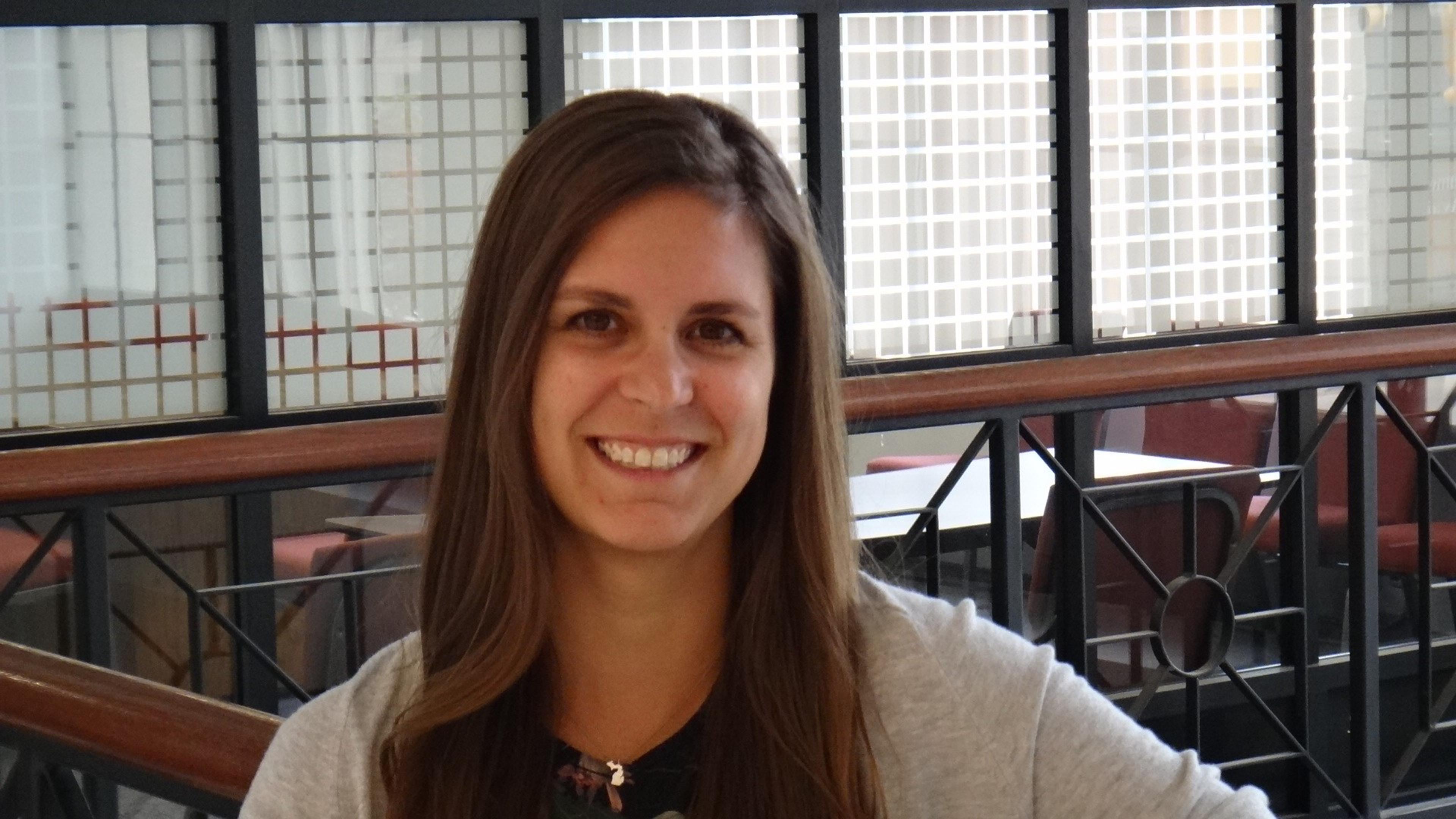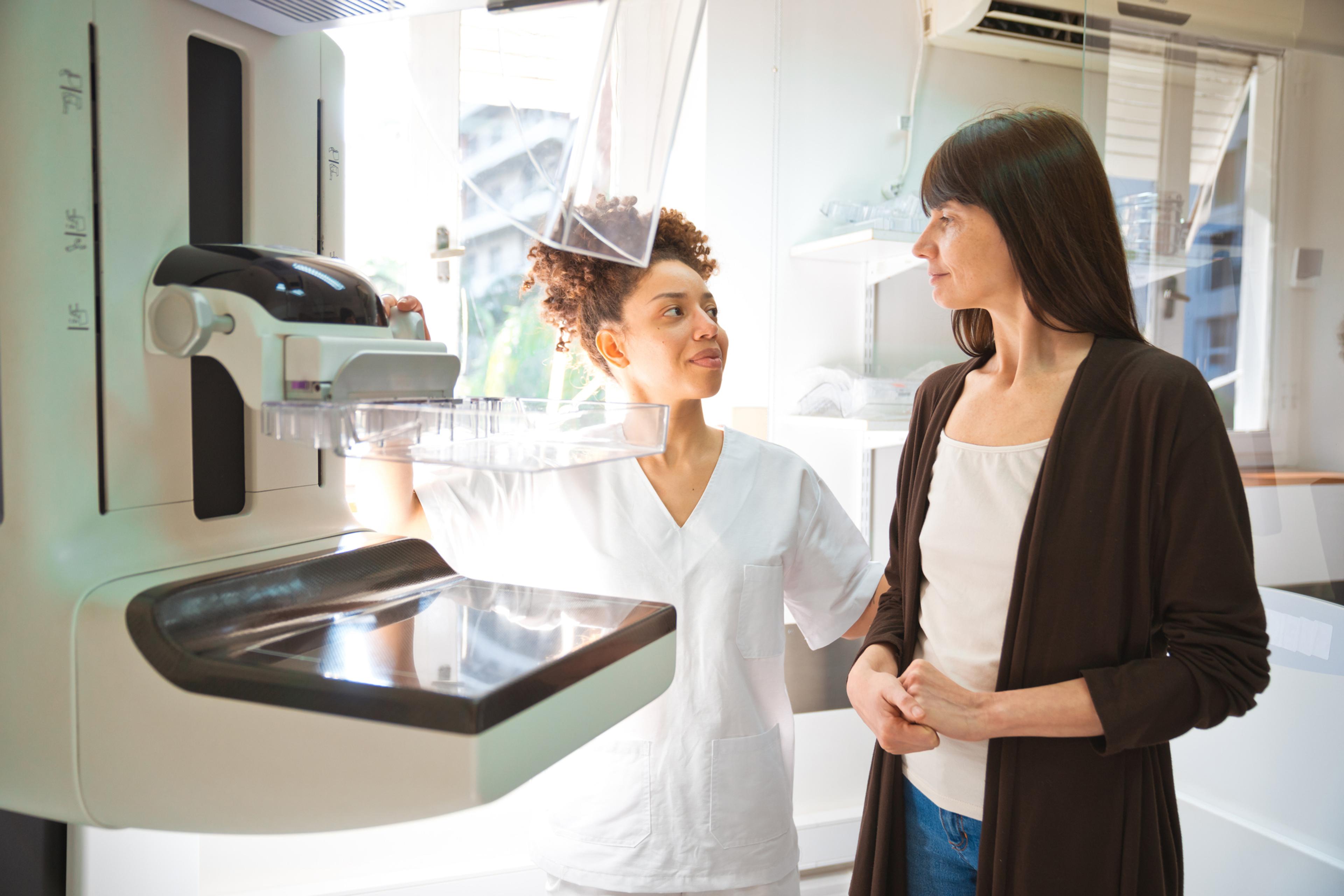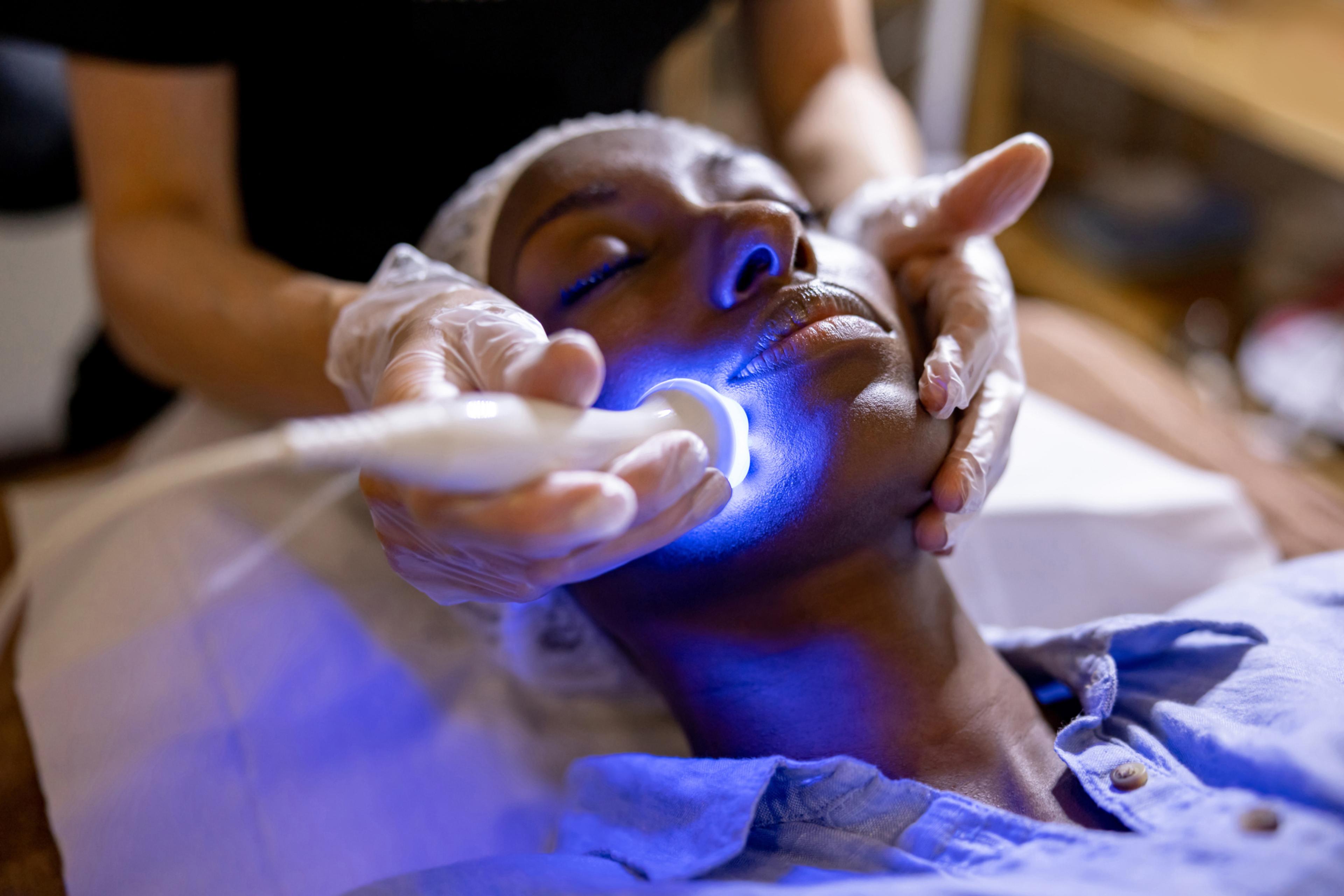Increasing Incidences of Breast Cancer in Younger Adults

Lindsay Knake
| 3 min read
Lindsay Knake is a brand journalist for Blue Cross Blue Shield of Michigan.

Cases of breast cancer are on the rise in all women, including those younger than 50, according to data from the American Cancer Society (ACS).
Women younger than age 50 saw a 1.4% per year increase in breast cancer from 2012 to 2021. This is higher than women older than age 50, who saw a 0.7% per year rise during the same time.
Breast cancer is fourth leading cause of cancer deaths in the U.S., according to the National Cancer Institute. The median age of a breast cancer diagnosis is age 62, and women have a one in eight chance of developing breast cancer in their lifetimes, per the ACS.
With the increase of breast cancer in younger women, let’s look at possible reasons why and preventive measures to take.
Causes of breast cancer
Research is underway to determine why rates of certain types of cancer are increasing, but there are some common breast cancer risk factors that include genetics and lifestyle habits and behaviors.
Family history and genetics
Up to 10% of breast cancers are hereditary, according to the ACS. BRCA1 or BCRA2 gene mutations are the most common cause of hereditary breast cancer. Women with a BRCA1 or BCRA2 gene mutation have up to a 70% chance of developing breast cancer by age 80.
Having a first-degree relative who has had breast cancer nearly doubles your risk.
Having dense breast tissue
Dense breast tissue contains more fibrous and glandular tissue compared to fatty tissue, which has a higher rate of breast cancer than less dense tissue. About half of women have dense breast tissue.
It’s not clear why extremely dense tissue is linked to higher incidence of cancer. However, the extremely dense tissue makes it more difficult to see breast cancer on a mammogram.
Excess body weight
Being overweight or obese is associated with a higher risk of developing breast cancer, according to the ACS. Prevalence of obesity has increased to about 40% of adults age 20 and older in 2023 from about 30% in 2000, according to the U.S. Centers for Disease Control and Prevention. Bodies, weight and cancer are complex. However, maintaining a healthy body weight can reduce the risk of breast cancer.
Not getting enough exercise
A sedentary lifestyle is associated with a higher risk of breast cancer, and more physical activity reduces the risk. Getting 150 to 300 minutes of moderate exercisea week is recommended, according to the ACS.
The connection between exercise and breast cancer isn’t exactly clear, but it is thought that exercise can help maintain a healthy body weight and reduce inflammation.
Drinking too much alcohol
Alcohol use is increasing among women, according to the National Institutes of Health. Women who have one alcoholic drink a day have a 5% to 15% increased risk of breast cancer compared to women who don’t drink.
Drinking alcohol regularly is linked to many different cancers, as well. The ACS recommends not drinking at all for overall health.
Delaying childbearing or not having children
More women are having their first child after age 30 and fewer women are having children, both of which slightly increases breast cancer risk, per the ACS.
Breast cancer prevention
If you have any of the above risk factors, talk to your primary care provider about preventive screenings or treatment. Mammograms typically start at age 40 or 45, and there are additional screenings recommended for women with extremely dense breast tissue or with higher breast cancer risk.
To reduce the risk of breast cancer and stay healthy:
- Eat a healthy diet of fruits, vegetables, lean protein and whole grains.
- Reduce or eliminate alcohol.
- Don’t smoke.
- Get 150 to 300 minutes of exercise a week.
- Get your annual physical and recommended screenings.
Image: Getty Images
Related:





